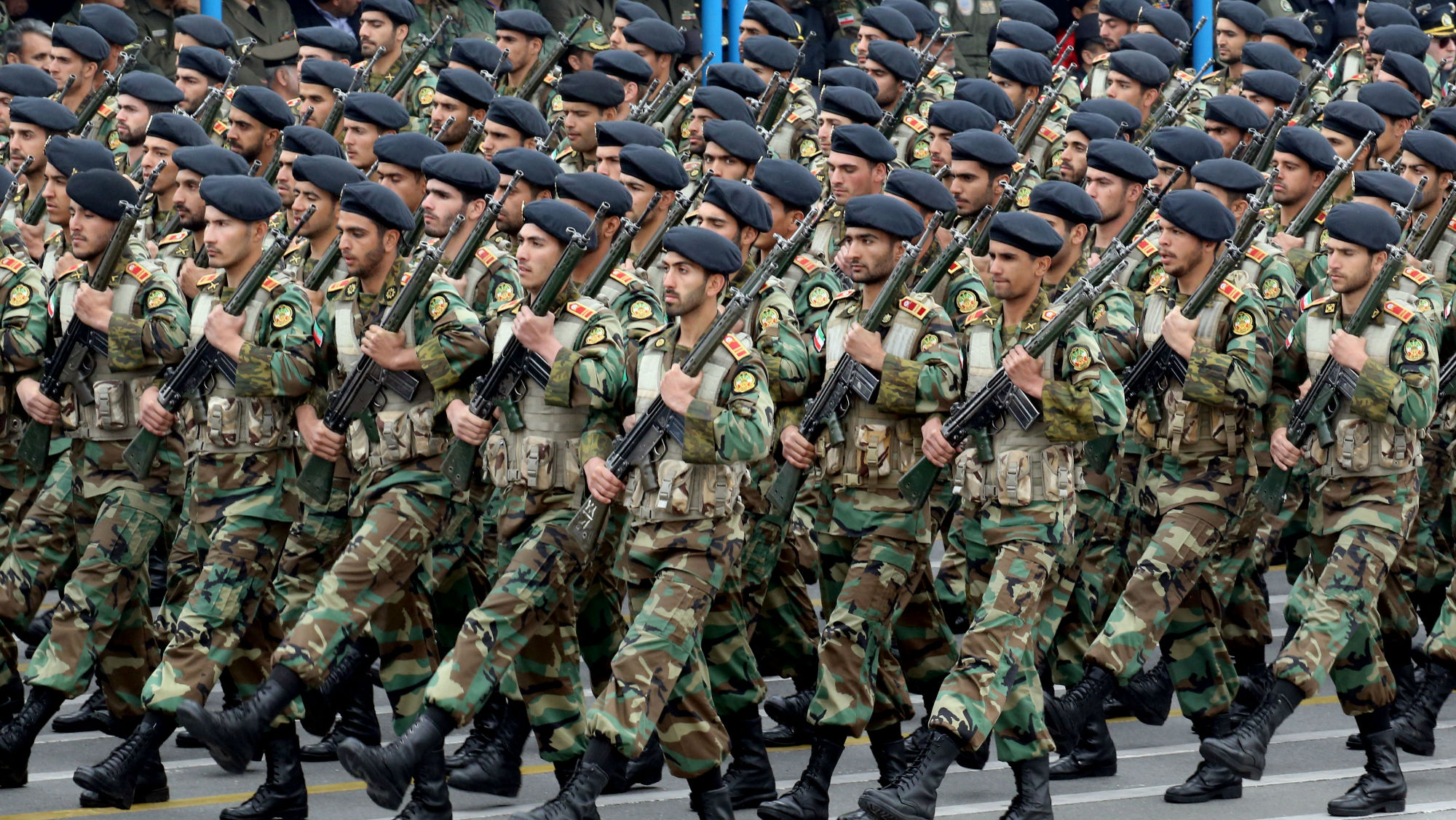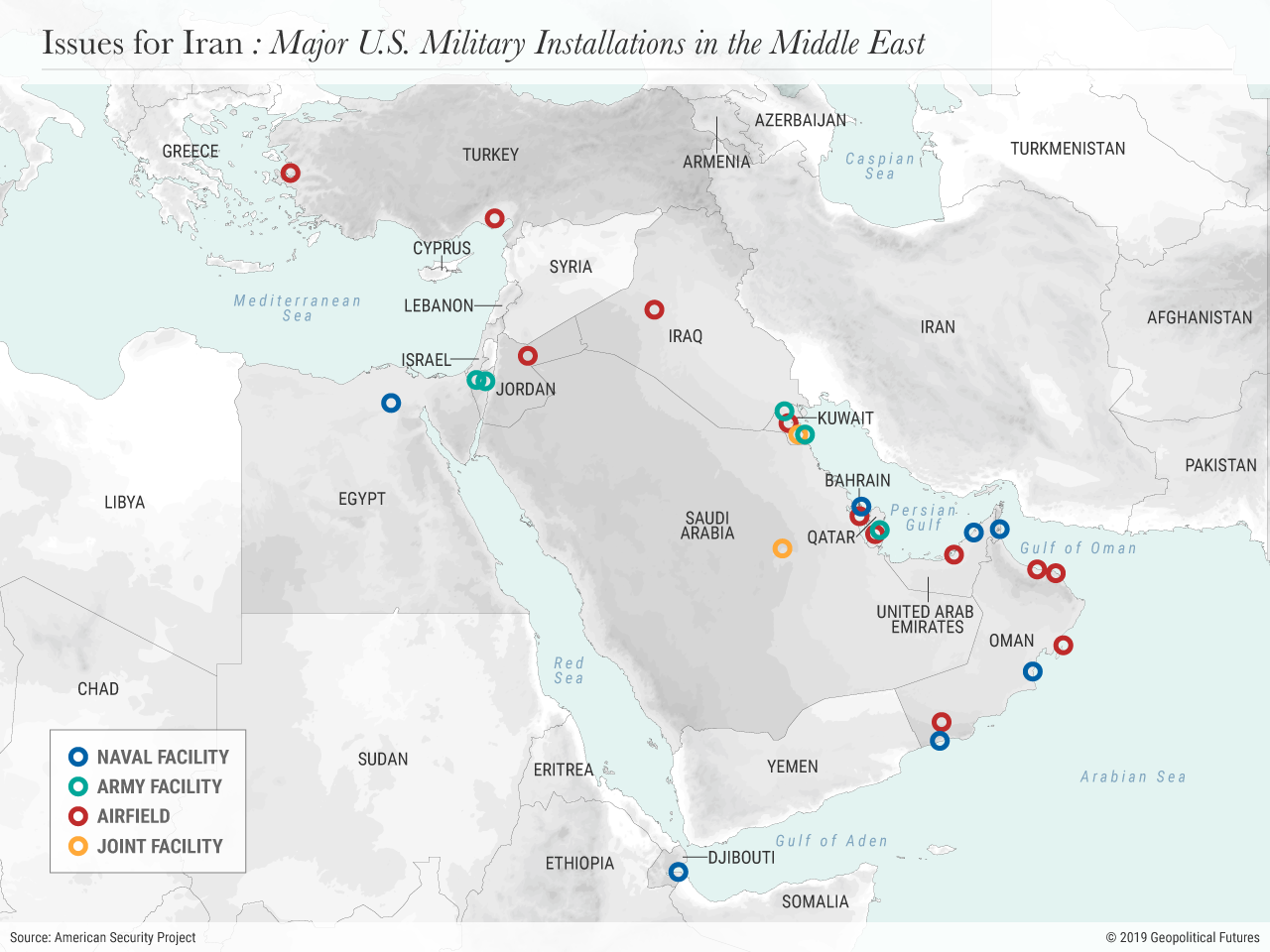George Friedman
 There has recently been a lot of talk about a war between the United States and Iran. In my view, it’s unlikely because the risks are too high for both countries. Iran can’t take the chance that its military would be destroyed, and the U.S. can’t accept the costs a real victory would entail. Since Korea, the United States has performed poorly in war, with the exception of Desert Storm, when the destruction of Iraqi forces allowed U.S. entry into Kuwait and no Kuwaiti resistance to American occupation emerged. But in Vietnam, Afghanistan and Iraq, the United States faced the problem of what I would call occupation warfare, a type of combat that carries a substantial price even after the initial war has been won.
There has recently been a lot of talk about a war between the United States and Iran. In my view, it’s unlikely because the risks are too high for both countries. Iran can’t take the chance that its military would be destroyed, and the U.S. can’t accept the costs a real victory would entail. Since Korea, the United States has performed poorly in war, with the exception of Desert Storm, when the destruction of Iraqi forces allowed U.S. entry into Kuwait and no Kuwaiti resistance to American occupation emerged. But in Vietnam, Afghanistan and Iraq, the United States faced the problem of what I would call occupation warfare, a type of combat that carries a substantial price even after the initial war has been won.
The Three Phases of War
Military theorist Carl von Clausewitz posited that there were three phases of war, each requiring different capabilities of warfare. The first phase is breaking the enemy’s military force, what we typically think of as military combat. The second is occupying the country, which involves the physical occupation of the defeated country and the establishment of the instruments of governance, production and consumption. The third is breaking the enemy’s ability to resist, which involves not only breaking its morale but also destroying any desire of the population to fight back against the occupiers.
The second phase is necessary because defeating an enemy military without occupying the country opens the door to the establishment of a new military force in the defeated country and a return to the strategic threat that sparked the war in the first place. After World War II, for example, the Allies had to occupy Germany and Japan or risk leaving in place the ability to resume the fighting and the political forces that posed the threat to begin with. In the final peace negotiations, therefore, the Americans insisted on occupation despite Japan’s resistance to it.
But the third phase of war didn’t emerge in either Japan or Germany for two reasons. First, and most important, the Allies had attacked not only the military but also the civilian population. Modern war involves hitting industrial targets, and factories are surrounded by people. Attacking the enemy’s industrial base means attacking its population, which dissolves any will to resist in the first place. The population, therefore, didn’t resist and the third phase never developed.
Second, even had there been a will to resist, the occupiers tried to rapidly identify weapons caches and destroy them. Leftover weapons could have been used to reignite the fighting, but eventually, new supplies would have to be obtained. Some might be stolen from the occupation force, but, with some exceptions, creating a force to resist the occupation requires an outside power willing to deliver materiel and a base from which to distribute it.
In Iraq, the United States defeated the Iraqi army within weeks and was able to quickly occupy the country. But the Iraqi army’s weapons had been cached in a number of places, and many Iraqi troops took weapons home. The United States had destroyed the Iraqi army and occupied the country but then faced the emergence of a force that had both the will and weapons to resist, obtained from both within and without the country. The United States failed at that third phase of war.
The Urge to Resist
In occupation warfare, the occupied have no hope of defeating or inflicting significant damage on the occupying military. But they can use their advantages to undermine the occupiers’ will to resist. The resisting force has several advantages, chief among them moral superiority. It is their country that’s being occupied, and the urge to resist is easy to generate. In addition, they have superior intelligence to the occupier and, therefore, a deeper sense of what’s happening. If the terrain permits, they can use it to cloak themselves. In urban environments, the city can make them invisible. Rooting the resistance out of a city is difficult and requires gathering intelligence from the civilian population, but their willingness to help is limited by their sympathy for the resistance, hatred of the occupier and fear of retribution. When the occupier carries out operations in populated areas, civilians are inevitably killed or wounded, increasing the population’s hostility and decreasing the opportunity for cooperation.
This is why occupation warfare is so difficult. It requires the occupier to craft a strategy appropriate for the occupied country, one based on knowledge of the country that the occupying force doesn’t have. The occupier, therefore, can’t obliterate the resisting force, but the resisting force can strike as and where it chooses, depending on its capability.
This means that the occupied win so long as they are not defeated, and the occupiers lose so long as the resistance continues. The resistance will try to create an unending war not because it expects to win but because it wants to break the will of its enemy to remain in the country. War must have a purpose and an end. The purpose for the resistance is clear. But over time, even the relatively low casualties being inflicted on the occupiers compel them to reconsider the political value of continuing to wage war. Clausewitz pointed out that war is the continuation of politics by other means, and that is nowhere truer than in occupation warfare. For years, the war can drag on with the assumption that withdrawal would undermine international credibility and that the occupier cannot allow itself to be defeated in this way. But in due course, the price of withdrawal becomes lower than the cost of maintaining the presence.
Occupation warfare, against a motivated and supplied resistance, is the most difficult type of warfare. It breaks an occupier not by main force but by steadily draining its resources. Some might say that the resistance cannot withstand overwhelming and brutal force. That may be true in some instances, but consider the German attempt to suppress Soviet partisan fighters and communists under Tito. The Germans had occupied the territory but couldn’t defeat the resistance despite extraordinary brutality. The partisans had the Pripet Marshes to hide in. Tito’s force had mountains. Both had a degree of outside supply. And both were highly motivated by the fact that surrender meant death. The very brutality of the occupier put steel into the resistance.
The Seduction of Victory
The United States can certainly destroy the Iranian military. It can also likely occupy Iran, but it would then be forced into occupation warfare. The Iranians would lose control of their country for an extended period of time. The costs would be too high for each side. The U.S. could of course bomb Iran, but only one country has ever capitulated after facing airstrikes alone: Yugoslavia in the Kosovo War. And even in this case, the capitulation had more to do with foreign diplomacy than the pain of war. Air power can cause tremendous damage but likely won’t force a country to back down. The end of war requires a political shift in an enemy, and air power usually can’t impose such a shift.
The United States has had experience with occupation warfare in Afghanistan and, in some sense, in Vietnam. In each case, the ability of the enemy to impose extended occupation warfare on the United States compelled the U.S., in the long run, to accept an outcome that was previously unthinkable. In Iraq, the German and Japanese examples from World War II led to the assumption that the final phase would not involve resistance. But those examples, it turns out, didn’t apply to the Iraq War.
There will be mutual threats and possibly even airstrikes and counterstrikes. But the destruction of the Iranian military would lead to occupation and necessitate breaking the will to resist. The dangers of occupation warfare are well known, but the calm after the destruction of the enemy’s military is the most dangerous point in war. It seduces the victorious government into imagining that this time will be different. It rarely is.

No comments:
Post a Comment